|
|
|
 How to connect a
battery in Series? How to connect a
battery in Series?
The positive terminal of the first battery is connected to the negative
terminal of the second battery, the positive terminal of the second is
connected to the negative of the third, etc. The voltage of the assembled
battery is the sum of the battery voltages of the individual batteries. So
the batteries are connected: + to - to + to - to + to -, etc. The capacity of
the battery is unchanged.
|
|
 How to connect a
battery in Parallel? How to connect a
battery in Parallel?
The positive terminal of the first battery is connected to the positive
terminal of the second battery, the positive terminal of the second is
connected to the positive of the third, etc. and The negative terminal of the
first battery is connected to the negative terminal of the second battery,
the negative terminal of the second is connected to the negative of the third,
etc. So the batteries are connected: + to + to + and - to - to -. In this
configuration, the capacity is the sum of the capacities of the individual
batteries and voltage is unchanged. For example, if you take 5 6V 10AH
batteries and connect the batteries in series, you would end up with a
battery array that is 30 Volts and 10AH. If you connect the batteries in
parallel, you would end up with a battery array that is 6 Volts and 50AH. By
the way, this is how ordinary auto batteries are made. 6 2volt cells are put
in series to give 12v battery and the 6 cells are just enclosed in one case.
Many ni-cad batteries are done the same way.
|
|
 What is a Deep
CycleBattery? What is a Deep
CycleBattery?
Deep cycle batteries are designed to be discharged down as much as 80% time
after time, and have much thicker plates that a standard automotive battery.
|
|
 What is a AGM or
Absorbed Glass MatBattery? What is a AGM or
Absorbed Glass MatBattery?
The newer type of sealed nonspillable maintenance free valve regulated
battery uses "Absorbed Glass Mats", or AGM separators between the
plates. This is a very fine fiber Boron-Silicate glass mat. These type of
batteries have all the advantages of gelled, but can take much more abuse.
These are also called "starved electrolyte."Just like the Gel
batteries, the AGM Battery will not leak acid if broken.
|
|
 What are the
advantages of the AGM battery? What are the
advantages of the AGM battery?
The advantages of AGM batteries are no maintenance, sealed against fumes,
hydrogen, leakage, or non-spilling even if they are broken, and can survive
most freezes. AGM batteries are "recombinant" - which means the
Oxygen and Hydrogen recombine inside the battery. These use gas phase
transfer of oxygen to the negative plates to recombine them back into water
while charging and prevent the loss of water through electrolysis. The
recombining is typically 99+% efficient, so almost no water is lost. Charging
voltages for most AGM batteries are the same as for a standard type battery
so there is no need for special charging adjustments or problems with
incompatible chargers or charge controls. Since the internal resistance is
extremely low, there is almost no heating of the battery even under heavy
charge and discharge currents. AGM batteries have a very low self-discharge
rate (from 1% to 3% per month). So they can sit in storage for much longer
periods without charging. The plates in AGM's are tightly packed and rigidly
mounted, and will withstand shock and vibration better than any standard
battery.
|
|
 What is a Gel
CellBattery? What is a Gel
CellBattery?
A gel battery design is typically a modification of the standard lead acid
automotive or marine battery. A gelling agent is added to the electrolyte to
reduce movement inside the battery case. Many gel batteries also use one way
valves in place of open vents, this helps the normal internal gasses to
recombine back into water in the battery, reducing gassing. "Gel
Cell" batteries are non-spillable even if they are broken. Gel cells
must be charged at a lower voltage (C/20) than flooded or AGM to prevent
excess gas from damaging the cells. Fast charging them on a conventional
automotive charger may permanently damage a Gel Battery.
|
|
 What is the Amp
Hour (Ah) rating? What is the Amp
Hour (Ah) rating?
An amp-hour is one amp for one hour, or 10 amps for 1/10 of an hour and so
forth. It is amps X hours. If you have something that pulls 20 amps, and you
use it for 20 minutes, then the amp-hours used would be 20 (amps) X .333
(hours), or 6.67 AH. The accepted AH rating time period for batteries used in
solar electric and backup power systems (and for nearly all deep cycle
batteries) is the "20 hour rate". This means that it is discharged
down to 10.5 volts over a 20 hour period while the total actual amp-hours it
supplies is measured. Sometimes ratings at the 6 hour rate and 100 hour rate
are also given for comparison and for different applications. The 6-hour rate
is often used for industrial batteries, as that is a typical daily duty
cycle. Sometimes the 100 hour rate is given just to make the battery look
better than it really is, but it is also useful for figuring battery capacity
for long-term backup amp-hour requirements.
|
|
 Do I ever need
to add acid to my battery? Do I ever need
to add acid to my battery?
Under normal operating conditions, you never need to add acid. For a standard
auto or marine battery, only distilled, deionized or approved water should be
added to achieve the recommended levels mentioned above. When a battery is
shipped in a dry state or accidental spillage occurs, electrolyte should be
added to the battery. Once filled, a battery should only need periodic water
addition.
|
|
 Can batteries
freeze? Can batteries
freeze?
In a partially discharged state, the electrolyte in a lead acid battery may
freeze. At a 40% state of charge, electrolyte will freeze if the temperature
reaches approximately 16.0℉ The freezing temperature of the electrolyte in a fully charged battery
is -92.0℉
|
|
 Does my deep
cycle battery develop a memory? Does my deep
cycle battery develop a memory?
Lead acid batteries do not develop any type of memory.
|
|
 Do batteries
self-discharge when not in use? Do batteries
self-discharge when not in use?
All batteries, regardless of their chemistry, self-discharge. The rate of
self-discharge depends both on the type of battery and the storage
temperature the batteries are exposed to. However, for a good estimate, wet
flooded deep cycle batteries self-discharge approximately 4% per week at 80℉
|
|
 Is there a
maximum temperature for charging lead acid batteries? Is there a
maximum temperature for charging lead acid batteries?
When charging lead acid batteries, the temperature should not exceed 120℉ At this point the
battery should be taken off charge and allowed to cool before resuming the
charge process.
|
|
 Are lead acid
batteries recyclable? Are lead acid
batteries recyclable?
Lead acid batteries are 100% recyclable. Lead is the most recycled metal in
the world today. The plastic containers and covers of old batteries are
neutralized, reground and used in the manufacture of new battery cases. The
electrolyte can be processed for recycled waste water uses. In some cases,
the electrolyte is cleaned and reprocessed and sold as battery grade
electrolyte. In other instances, the sulfate content is removed as Ammonia
Sulfate and used in fertilizers. The separators are often used as a fuel
source for the recycling process.
|
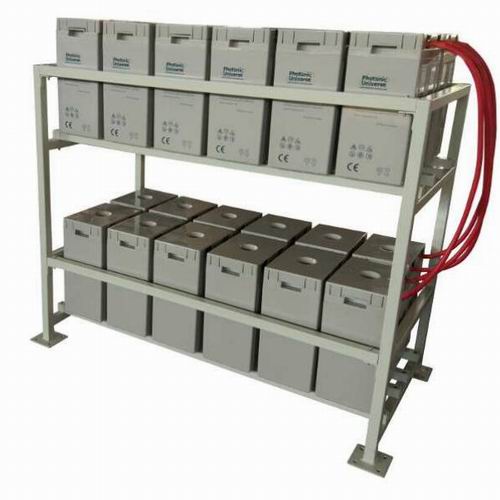
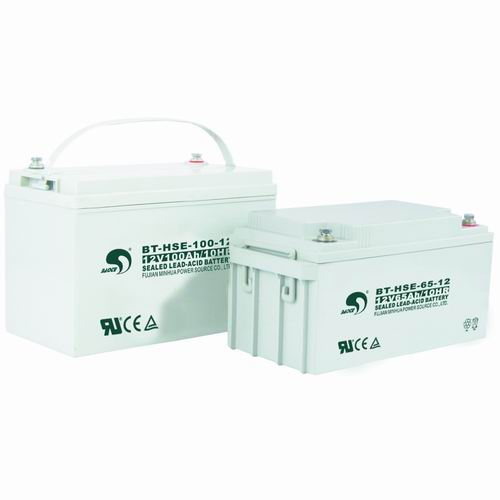
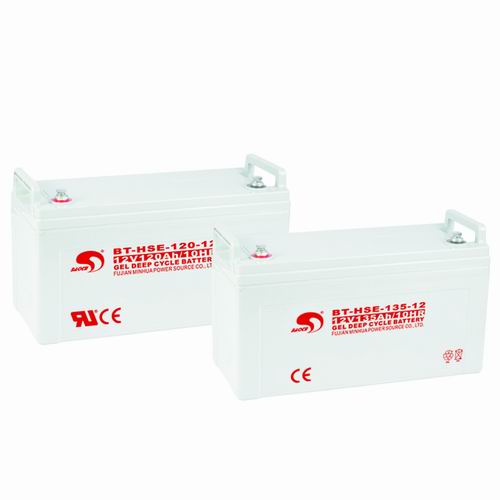
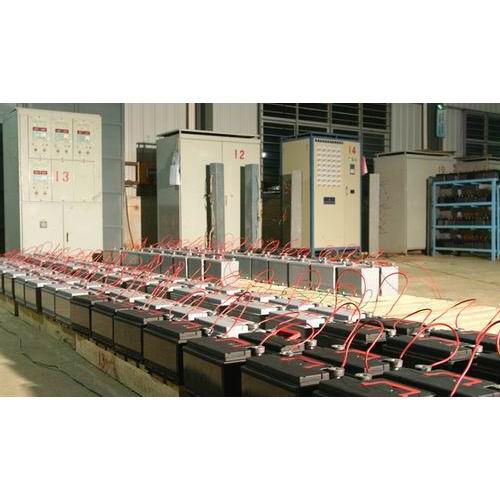
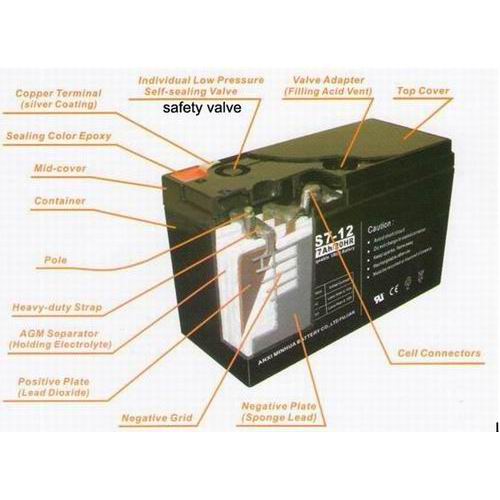
 Angela
Angela